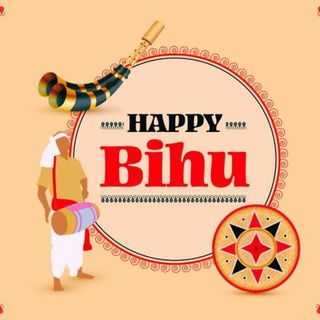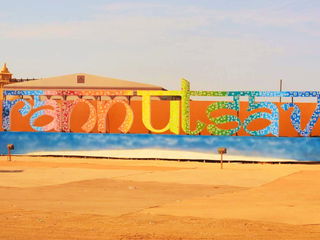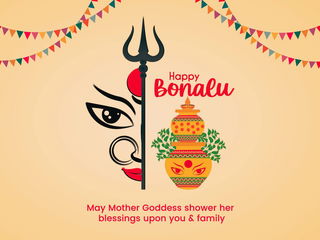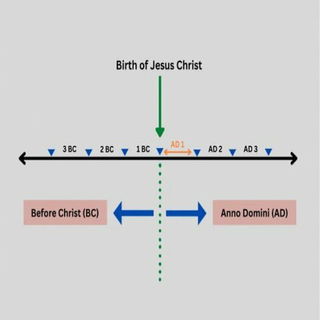- Calendar
- Calendar 2026
- July
- Dree Festival
Dree Festival
Dree Festival celebrated annually on July 5 is the most famous festival of the Apatanis which is an indigenous tribal community residing in the Ziro Valley of Arunachal Pradesh, India.
The festival seeks divine blessings for a bountiful harvest, protection from pests, and the overall well-being of humanity.
Origins and Mythology of Dree Festival
According to Apatani folklore, humans originally survived by foraging until Anii Donii and Abba Liibo became the first to cultivate crops in the fertile lands of Iipyo Supuñ. However, their farming journey was filled with challenges.
They initially struggled due to a lack of seeds, which led them to Murtú Lembyañ, where they obtained the first varieties of paddy, cucumber, and corn.
Their efforts were further hindered by the demon Pyokuñ Pembò Pyoyi Tadù, who created obstacles in their farming. Even after its defeat, pests, and insects emerged from its remains, threatening their crops.
Additionally, the forces of Pyodu Au and Dree Yarii caused famine and hunger, making survival even harder.
To overcome these hardships, the Dree rituals were established to appease deities and ensure agricultural prosperity.
Significance of Dree Festival
The Dree Festival is a prayer for a rich harvest and protection against natural calamities. The festival revolves around four major rituals:
- Tamù – To drive away pests and insects that destroy crops.
- Metii – To protect people from diseases and epidemics.
- Meder – To purify agricultural fields from unfavorable elements.
- Mepiñ – To seek blessings for a bountiful harvest and human well-being.
In modern Dree celebrations, the deity Danyi is also worshipped for soil fertility, aquatic abundance, and prosperity.
How Dree Became a Regulated Festival
Traditionally, Dree rituals were performed separately in each Apatani village on different dates. However, in 1967, Shri Lod Kojee and other Apatani students proposed a centralized celebration.
This idea aimed to unify the Apatani community, much like Bihu for the Assamese or Diwali for Hindus.
The festival date was officially fixed from July 5–7, with village-level rituals on July 4 and a grand celebration at Nenchanglya, Old Ziro on July 5.
Celebrations of Dree Festival
July 4
On the evening of July 4, village priests perform special Dree rituals in their villages. These rituals officially begin the festival, bringing blessings and good fortune to the community.
July 5
The main celebration kicks off on July 5 with a special guest raising the Dree flag while a group of artists sings the Dree Anthem. The day is filled with joyful traditions, including:
- Sharing Dree Taku (cucumber): A symbol of fertility and prosperity.
- Serving Dree ‘O’ (rice or millet beer): A special drink offered to all.
- Community feast: A big meal where everyone comes together to celebrate.
- Traditional dances and music: Beautiful performances like Pri-dance, Daminda, and folk songs highlight Apatani culture.
- Sports competitions: Fun games like Iisañ (high jump) and Giibii (wrestling) keep the excitement alive.
- Literary and art contests: A chance to celebrate Apatani history and creativity.
Post-Festival Traditions
After the main celebrations, a special custom follows. During this time, Apatani women visit their elderly relatives, bringing wine as a gesture of love and respect.
Over time, Dree has grown from a small village ritual to a big community festival. Today, it is celebrated not just in Ziro Valley but also in other parts of India where Apatanis live.
While some things have changed with modernization, the main traditions and rituals are still followed, keeping the festival’s cultural importance alive.

Other Celebrations
-
Jan 13 Mon
-
Jan 23 Fri
-
Mar 03 Tue
-
Apr 02 Thu
-
Jun 15 Mon
-
Aug 28 Fri

Dree Festival - Next years
Monday, 05 July 2027
Wednesday, 05 July 2028
Thursday, 05 July 2029
2025 Calendars
You might also be interested in











